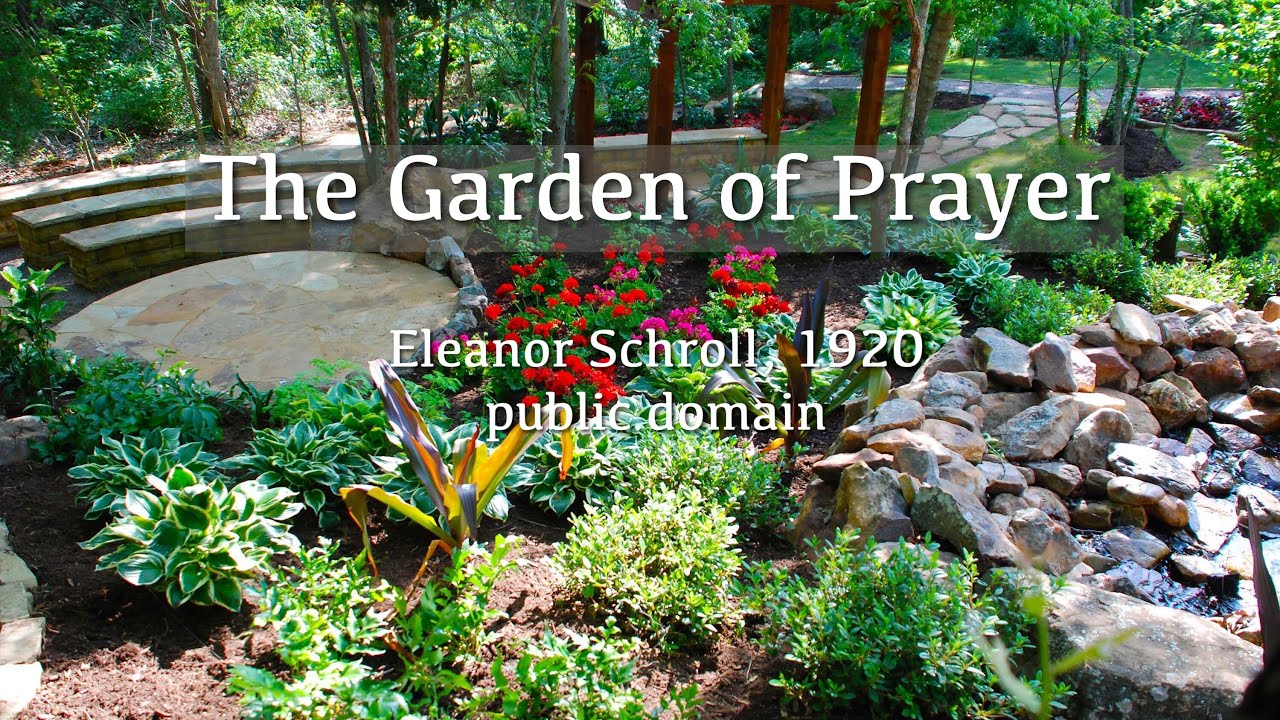The Garden of Prayer World Prayer Center in Philadelphia, Pennsylvania is a historic church with a long tradition of prayer and community outreach. Often referred to as GOP Prayer or simply GOP, this Pentecostal church has been serving the North Philadelphia area for over 90 years.
A Humble Beginning
GOP Prayer first began in 1929 when Dr. Benjamin Hayes Dabney and Mother Elizabeth Juanita Dabney felt called to establish a new church in North Philadelphia. They started with humble beginnings moving into small buildings on Sharswood Street and Ridge Avenue. As the congregation grew, they eventually moved into a larger building at 29th Street and Susquehanna Avenue in 1929. This location could accommodate their growing ministries and outreach programs.
A Focus on Prayer and Healing
From the beginning, the Garden of Prayer placed a strong emphasis on the power of prayer. Their services focused on preaching prayer and divine healing. Under the leadership of the Dabneys, many people committed their lives to Christ and experienced miraculous healing. The church was filled with crutches, canes, and wheelchairs left behind by those healed through prayer.
After Dr. Dabney passed away in 1963, the church continued its ministry under the leadership of several pastors Elder Stacie Herring Bishop DeWitt A. Burton, and Elder Herman Thompson. Each pastor upheld the church’s legacy of prayer salvation, and healing.
Continued Growth and Community Impact
By 1991, the church’s original building was destroyed by fire. Pastor Thompson led the congregation in rebuilding and developing ministries to meet the community’s spiritual and physical needs.
In 2001, Elder Gregory L. Frison became pastor after Thompson’s passing. Under Pastor Frison’s leadership, GOP Prayer continues to experience spiritual growth through prayer meetings, revivals, and retreats. The church actively serves the North Philadelphia community through initiatives like back to school revivals, community day events, feedings, and clothing giveaways.
A World Prayer Center Expanding Its Reach
As part of its growth and renewed vision, GOP Prayer became known as the Garden of Prayer World Prayer Center. While maintaining its Pentecostal identity and North Philadelphia home, the World Prayer Center hopes to expand its impact locally and globally.
The church aims to lift up Jesus Christ in the community, encourage spiritual growth in its members, and spread the message of the Bible. As a world prayer center, it also promotes unity between churches and encourages Christians everywhere to join in corporate prayer for salvation, healing, and community renewal.
GOP Prayer Services and Ministries
GOP Prayer holds weekly worship services, midweek prayer meetings, and Bible studies. Some of their regular ministries include:
-
Sunday Morning Worship – The main weekly service featuring praise, prayer, preaching, and ordinances.
-
Noon Day Prayer – Twice weekly prayer meetings to seek God at midday.
-
Prayer & Bible Band – Prayer coupled with Bible study for deeper understanding.
-
Hour of Power – Weekly evening prayer meetings for spiritual edification.
-
Pastoral Teaching – Bible teaching from the pastor to equip the congregation.
-
Church Choir – Traditional gospel choirs that lead the congregation in praise and worship.
The church also has ministries for youth, evangelism, education, new members, and community outreach.
A Friendly and Welcoming Community
Visitors to GOP Prayer describe it as a friendly Christian community where people from diverse backgrounds gather to worship and serve God together. The church emphasizes understanding and applying the Bible’s message to daily life.
The vision of this historic prayer center is to make a lasting impact in Philadelphia by helping people understand and live out the gospel of Jesus Christ. The church welcomes newcomers to join them on this enriching spiritual journey.
Connecting Through Technology
As a 21st century church, GOP Prayer utilizes modern technology to connect with members and reach new people. Their website contains information about the church’s history, beliefs, ministries, upcoming events, and ways to get involved.
Social media allows the church to engage with the community through platforms like Facebook and YouTube. Services stream online for those unable to attend in person. These technologies help the historic prayer center communicate its vision and expand its sphere of influence across Philadelphia and beyond.
Looking to the Future
This storied church has come a long way since its early days on Sharswood Street nine decades ago. After years of prayer, preaching, serving, and overcoming challenges, GOP Prayer continues moving forward in faith.
As the Garden of Prayer World Prayer Center, this vibrant congregation seeks to blend its rich history with a forward-looking vision. Their passion for prayer and God’s healing power remains unchanged even as the church evolves and grows to meet 21st century needs.
This gospel-centered community in North Philadelphia invites all to visit or join them as they seek revival in their neighborhood and beyond. Through prayer and faithful action, GOP Prayer aims to be a light in a community facing many hardships. By lifting up Christ’s name, they hope to bring positive change one person, one family, one neighborhood at a time.

2217 North 29th Street, Philadelphia, Pennsylvania Find a church within miles of
- Garden Of Prayer Worlds Prayer Center in Philadelphia, Pennsylvania is a Christian congregation serving the Philadelphia community and encouraging others through a life-changing Christian journey. We seek to serve God by working for justice and peace, respect and learn from all the great faith traditions and desire to be known by the love we have for one another.
The Garden of Prayer I TLOTW I Ensemble
0
